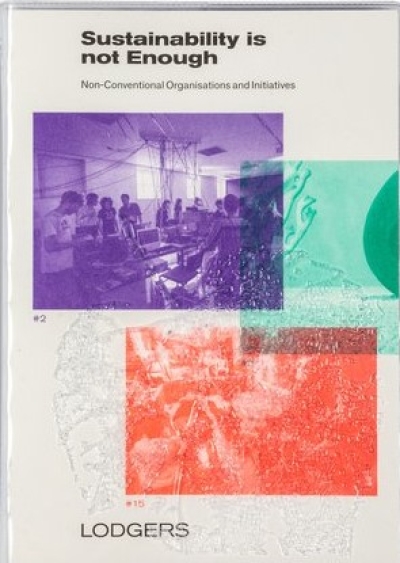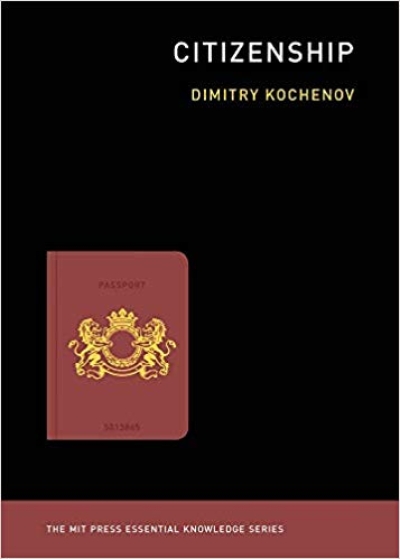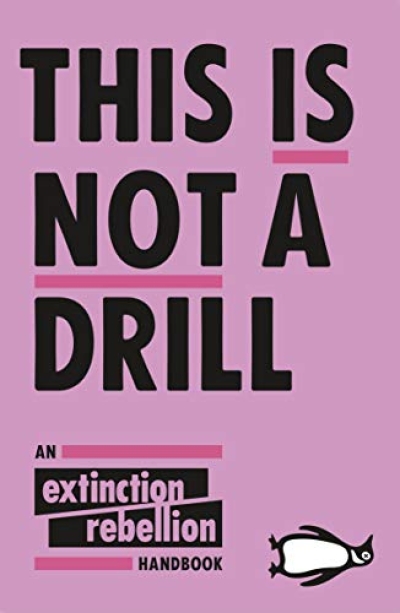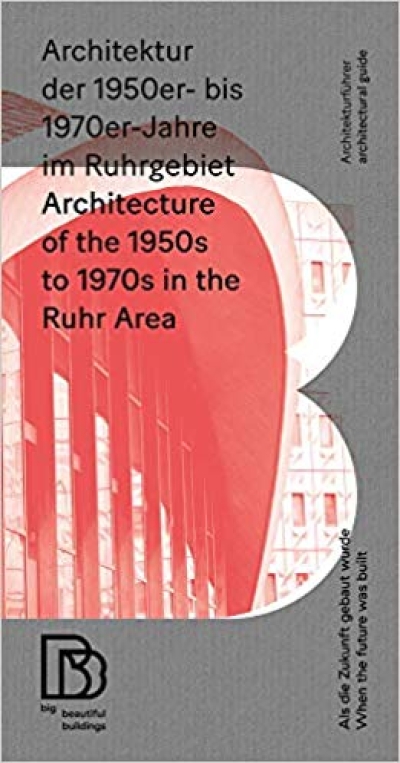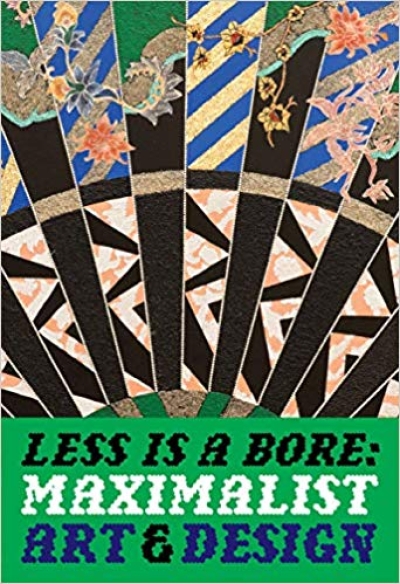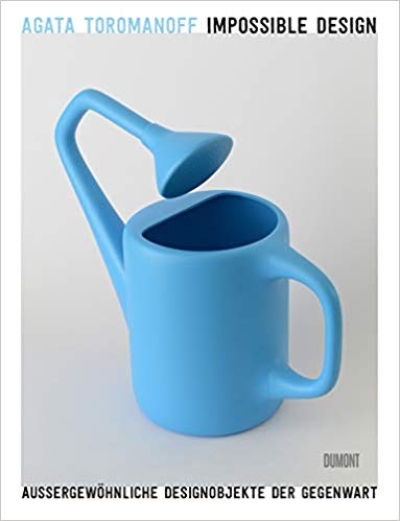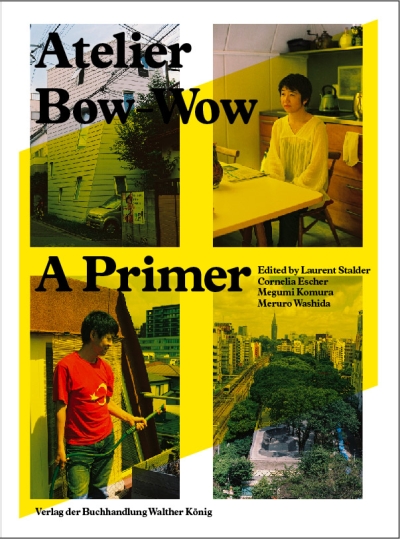
A Primer
Atelier Bow-Wowis counted among the most diverse architecture firms of today. The firm boasts over 40 residential houses, public buildings and numerous installations to its name, in addition to a substantial body of urban design studies and theoretical essays. This first-time publication unifies Atelier Bow-Wow's architectural and theoretical work and places it critically in its context. Atelier Bow-Wow is part of a generation of architects that took the recession in early 1990s Japan as an opportunity to develop a new design practice in response to changed planning and social conditions. The firm's first studies focused on anonymous Tokyo buildings and highlighted the ways in which they met the requirements of residents and visitors whilst also complying with infrastructure and planning regulations. As well as this Tsukamoto and Kaijima devised a particular type of residential building for Tokyo: a smallscale house that offered an ideal solution to the lack of living space in the densely populated megacity.
Das Architekturbüro Atelier Bow-Wow gehört zu den vielseitigsten Büros der Gegenwart. Das Werk der Architekten umfaßt über 40 Wohnhäuser, öffentliche Bauten sowie zahlreiche Installationen. Einen wesentlichen Teil ihrer Arbeit bilden zudem städtebauliche Analysen und theoretische Schriften. Diese erste umfassende Publikation führt das architektonische und theoretische Werk erstmals zusammen und unterzieht es einer kritischen Kontextualisierung. Atelier Bow-Wow gehört einer Architektengeneration an, die sich in einer Phase der Rezession im Japan der frühen 1990er Jahre neu orientierte sich den veränderten planerischen und gesellschaftlichen Bedingungen stellte. So widmeten sich ihre ersten Studien anonymen Bauten Tokyos. Dabei zeigten sie auf, daß diese Gebäude ebenso den Bedürfnissen der Bewohner und Passanten wie den infrastrukturellen und baugesetzlichen Vorgaben entsprechen. Parallel dazu entwickelten Tsukamoto und Kaijima einen Wohnhaustypus, der als Kleinsthaus eine Antwort auf das Leben auf engstem Raum in der Großstadt Tokyo bietet. Auch auf der städtischen Ebene und im Kunstkontext erproben sie eine Form der Auseinandersetzung mit dem öffentlichen Raum, die unterschiedliche Akteure zusammenbringt.
ATELIER BOW-WOW: A PRIMER - ZÜRICH, ETH - Catalogue ed. by Laurent Stalder, Cornelia Escher, Megumi Komura & Meruro Washida. With photographic prints by Lena Amuat. Zürich 2013. 4to. 249 S. mit meist farb., teils ganzseit. Abb. & Plänen, davon 3 Falttafeln, Bibliographie, brosch.











